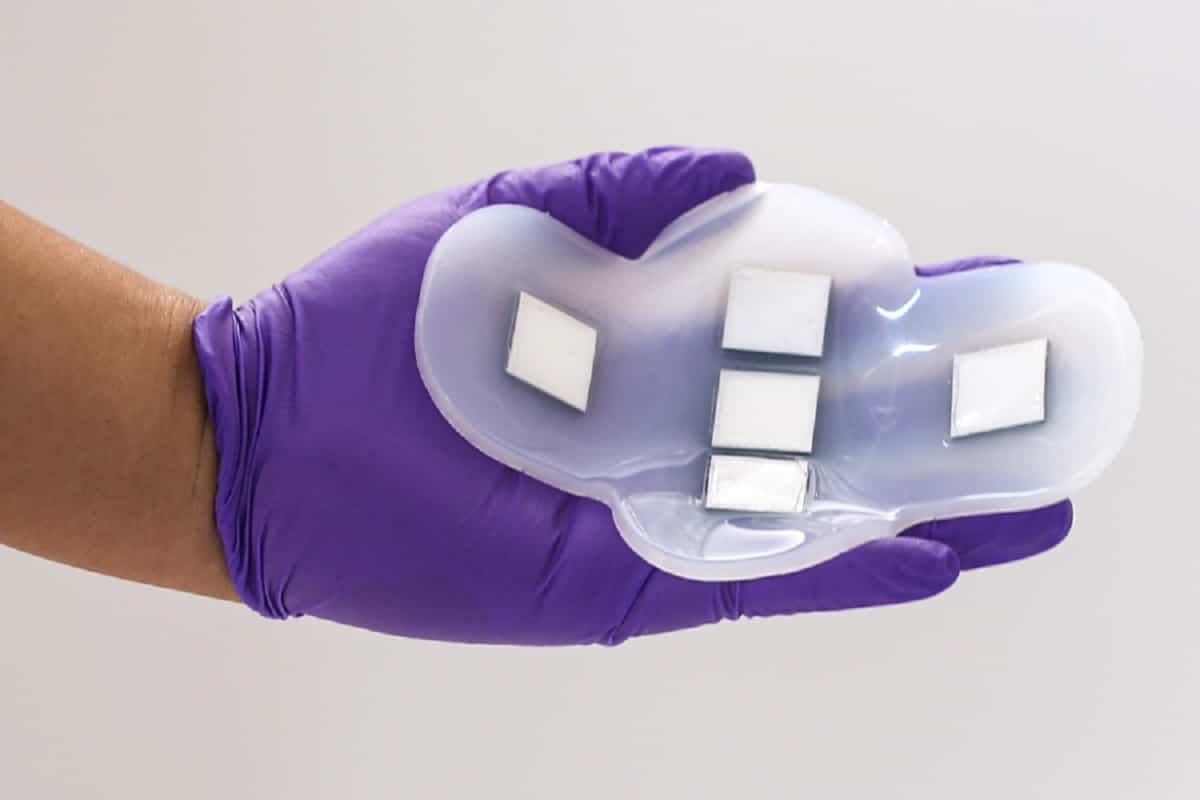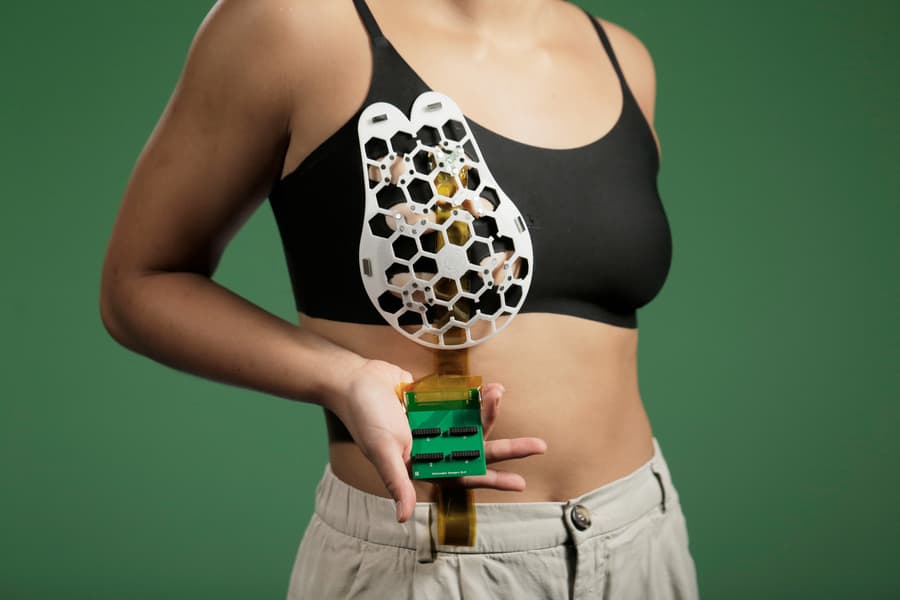
When our bladder is full, we feel it. Time to go to the bathroom. But for patients with kidney damage or other medical conditions, bladder management can pose a significant challenge. With these patients in mind, MIT researchers set out to transform wearable medical imaging with an innovative ultrasound patch.
This device offers non-invasive internal organ imaging, marking a departure from traditional ultrasound setups that require operators and conductive gels. When applied to the bladder area, it provides a clear view of the bladder, akin to checking a car’s fuel gauge. But it can also be applied to other vital organs, such as the heart, to provide medical monitoring.
Turning adversity into innovation, the team at MIT embarked on this project inspired by a personal experience.
Associate Professor Canan Dagdeviren led the development of this groundbreaking patch. Her brother had a lot of trouble managing his bladder following a kidney cancer surgery — a real-world problem that set the researchers on a path to transform portable ultrasound monitoring.
“Millions of people are suffering from bladder dysfunction and related diseases, and not surprisingly, bladder volume monitoring is an effective way to assess your kidney health and wellness,” said Dagdeviren in a press release.
The patch, crafted from flexible silicone rubber with integrated ultrasound transducers, adheres comfortably to the skin. Designed for ease of use, it attaches effortlessly and stays in place under regular clothing such as underwear or leggings. Previously, Dagdeviren and colleagues developed an ultrasound monitor that can be attached to a bra to screen for breast cancer. The new wearable patch continues on the same path.

In collaboration with Massachusetts General Hospital, the patch was tested on 20 patients with diverse body mass indexes, ranging from thin to overweight. The device’s imaging capabilities were on par with traditional ultrasound machines, effectively monitoring bladder volume changes without requiring gel or pressure application.
The researchers used a regular ultrasound probe to see the images recorded by the patch. But this was done more for convenience and as a proof of concept. The researchers claim they are working on a more portable version the size of a smartphone that can be used to view the images.
The potential applications of this technology extend far beyond bladder monitoring. By adjusting the ultrasound signal’s location and frequency, the patch could be adapted to monitor other deep-seated organs, potentially aiding in the early detection of conditions like ovarian, liver, and pancreatic cancer.
“For whatever organ that we need to visualize, we go back to the first step, select the right materials, come up with the right device design and then fabricate everything accordingly,” before testing the device and performing clinical trials, Dagdeviren says.
The findings appeared in Nature Electronics.









